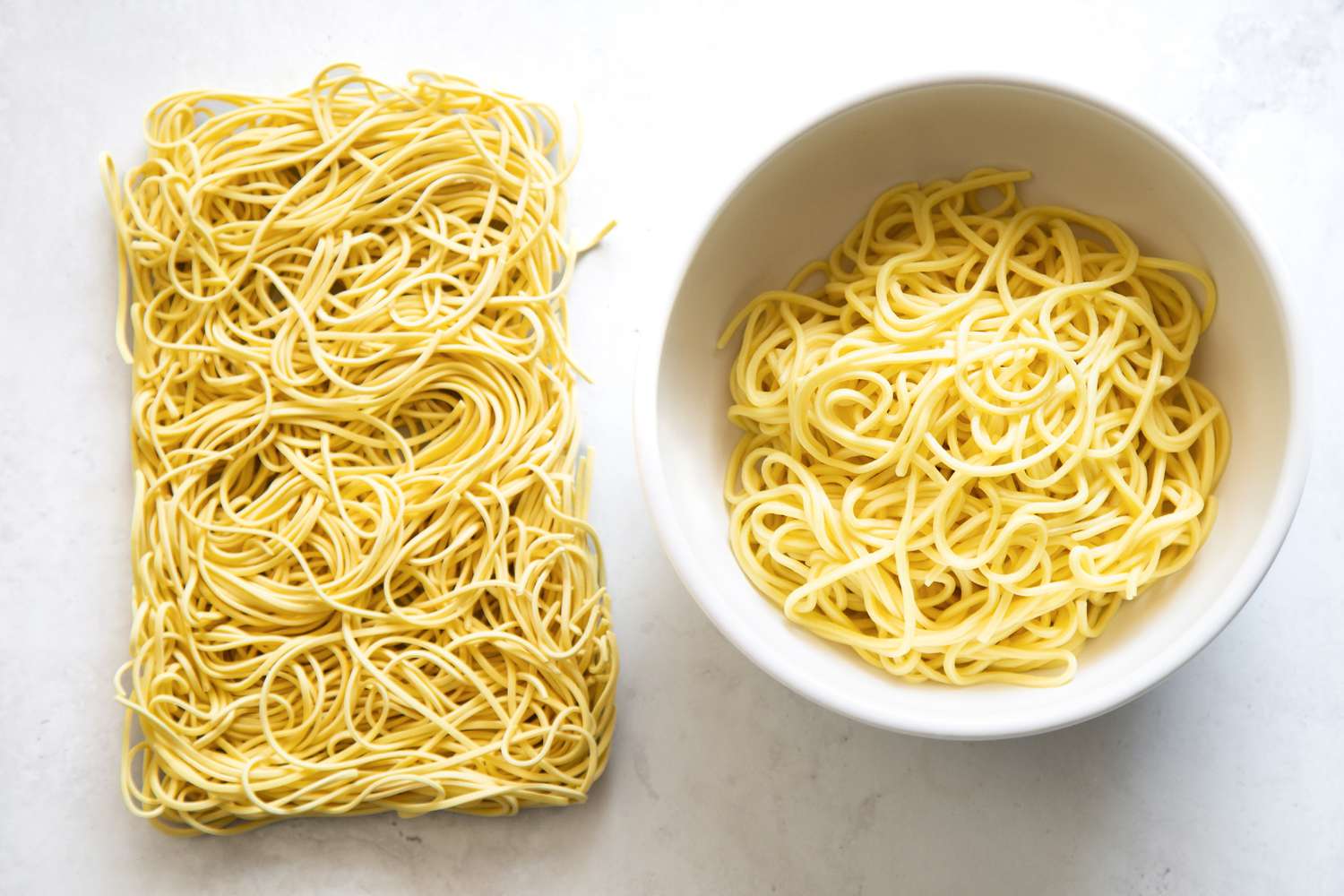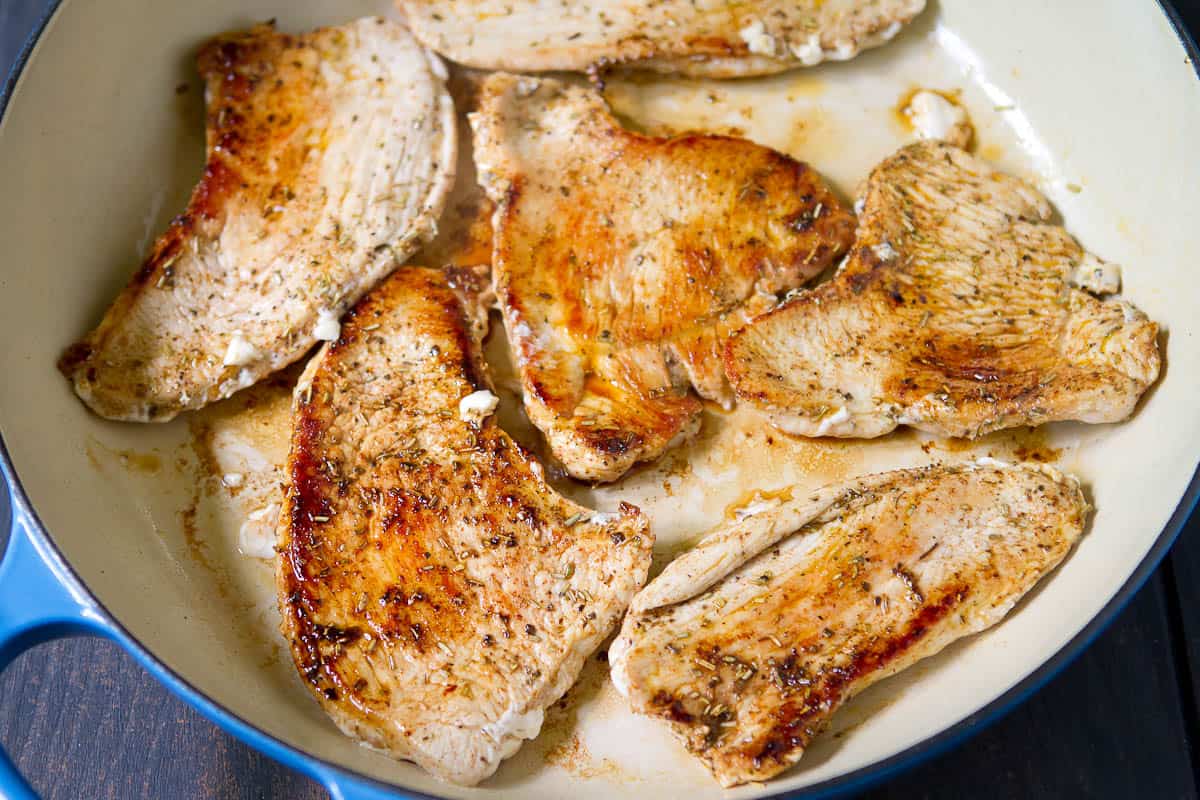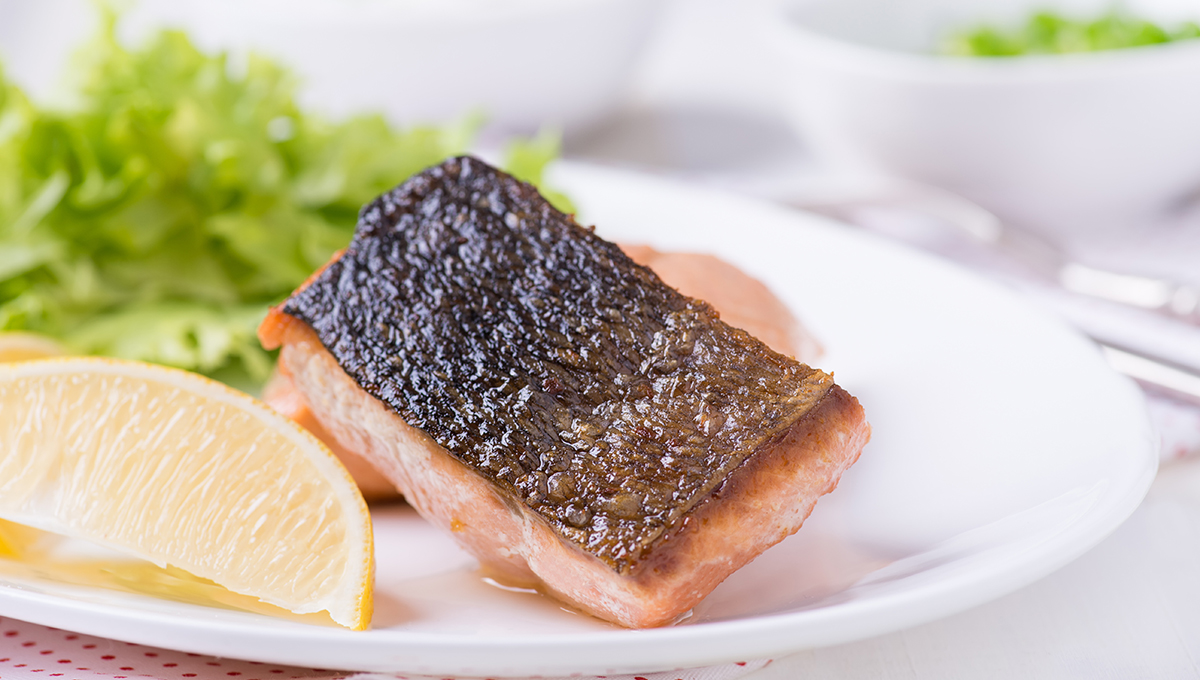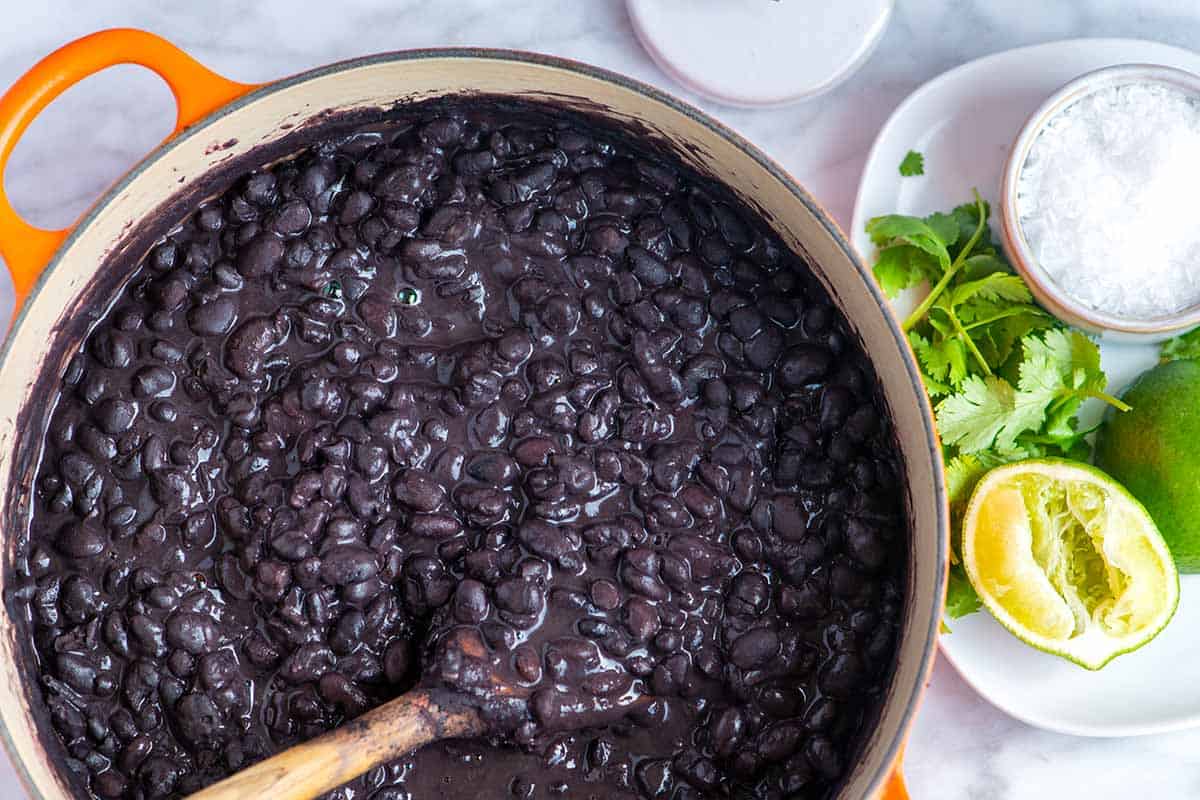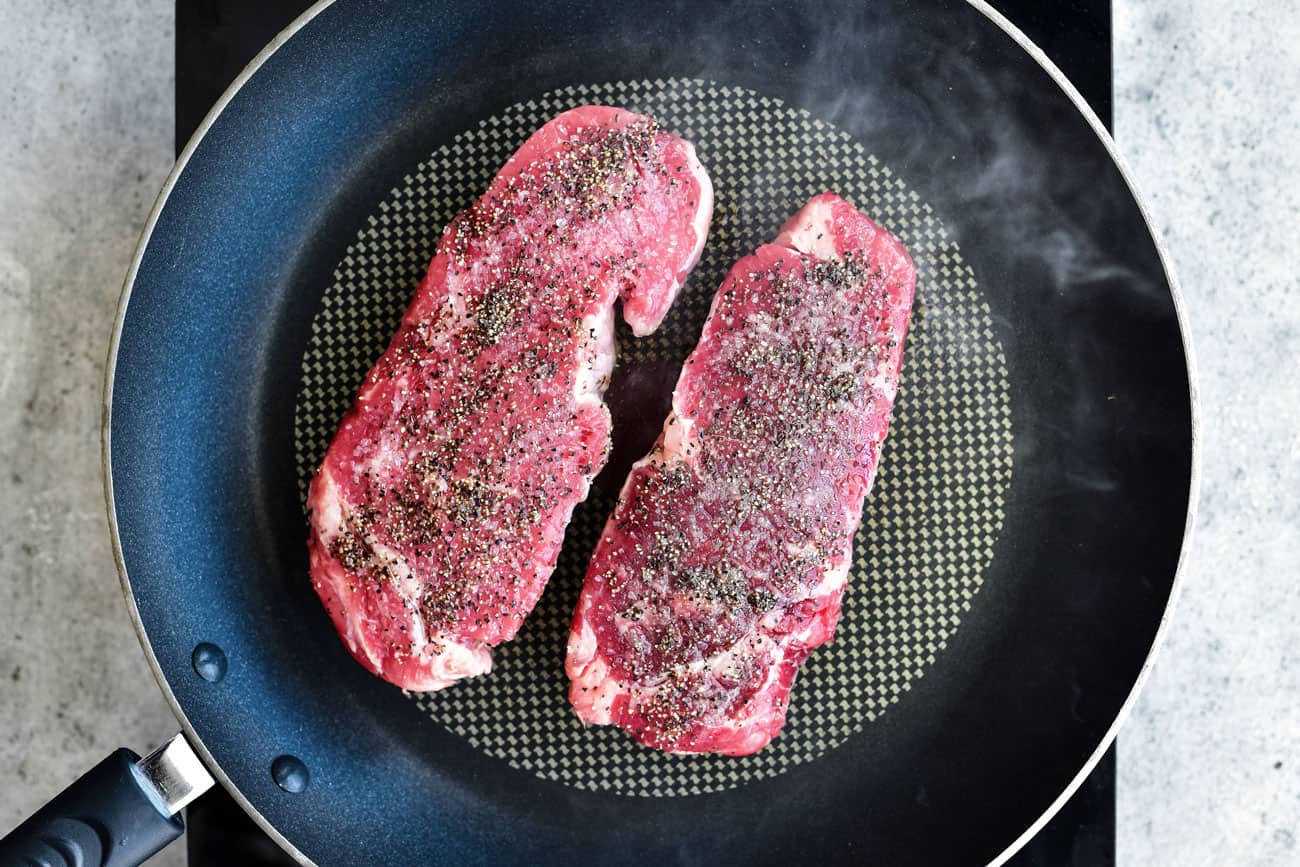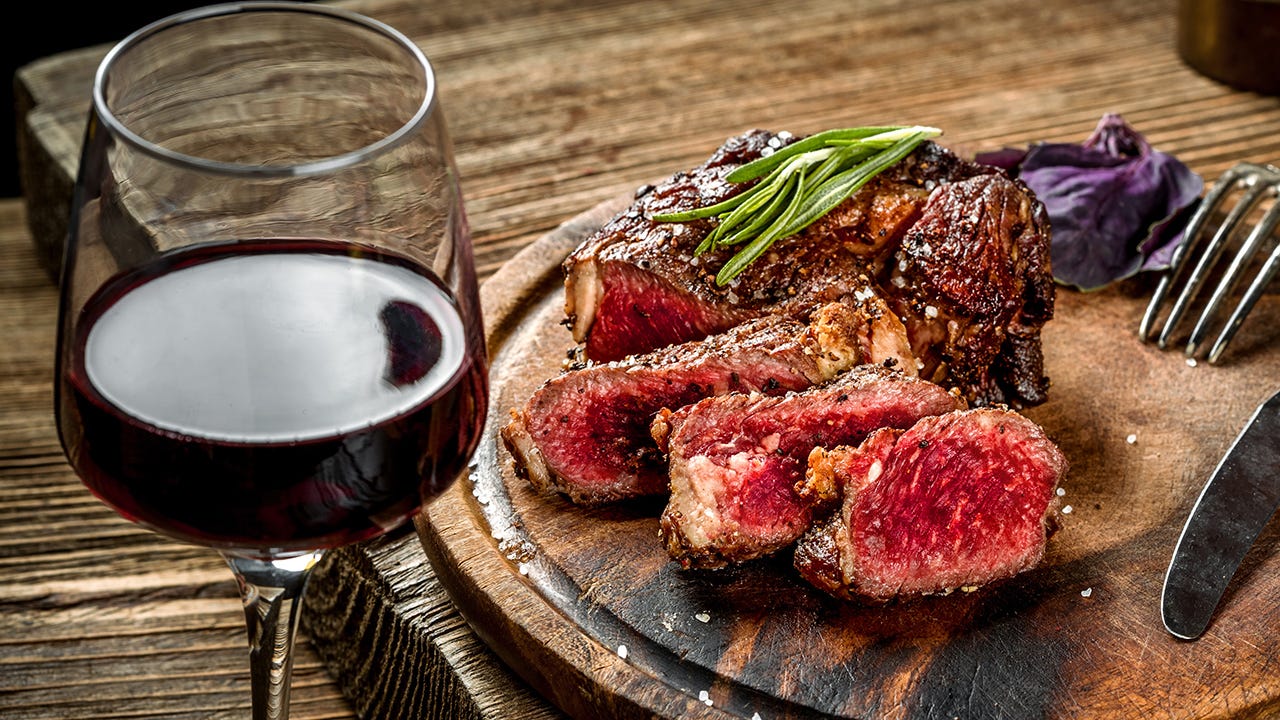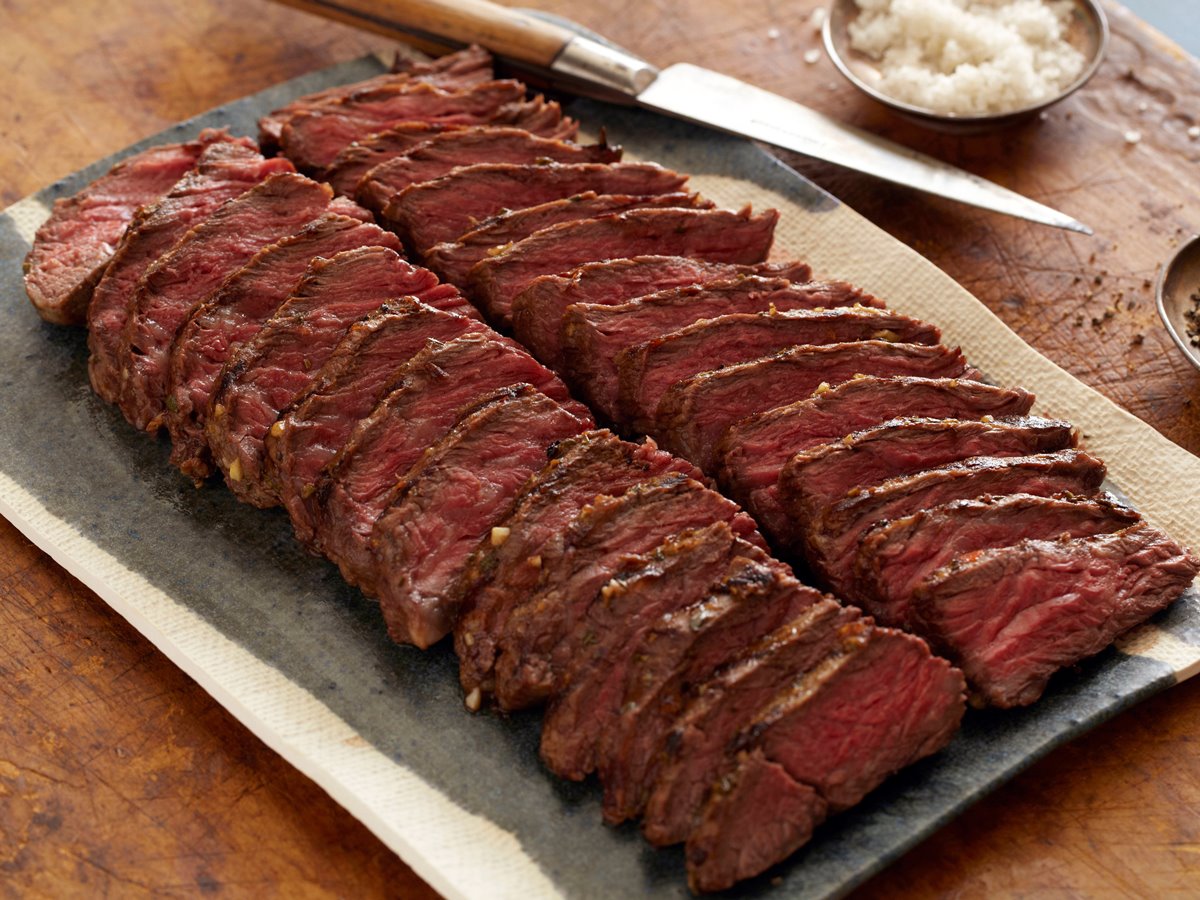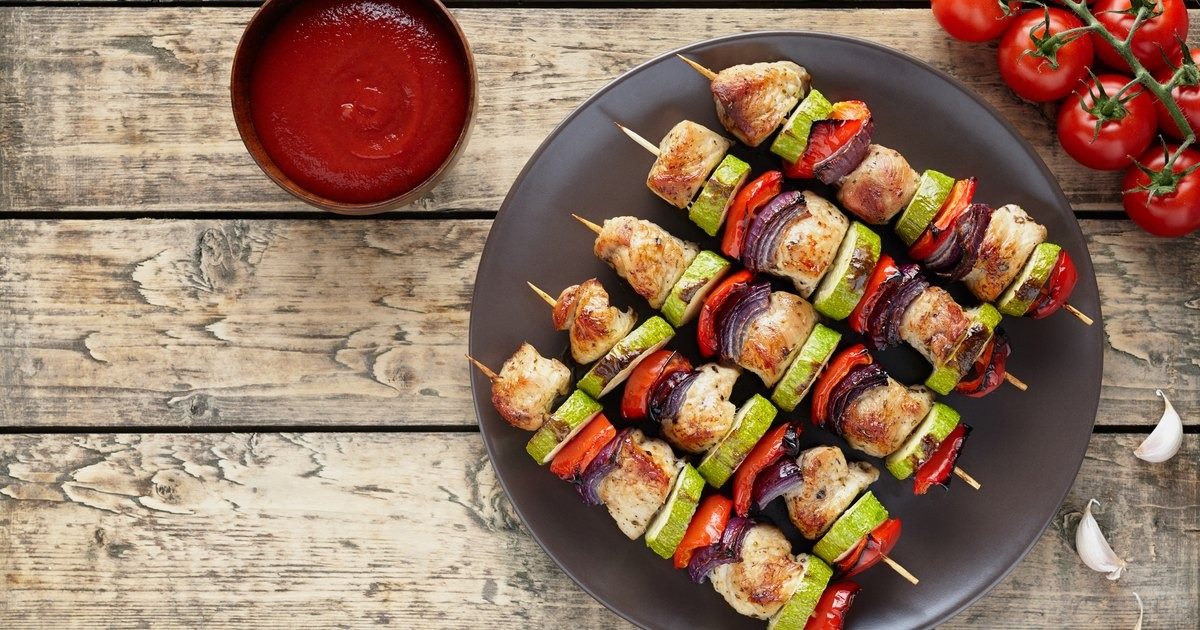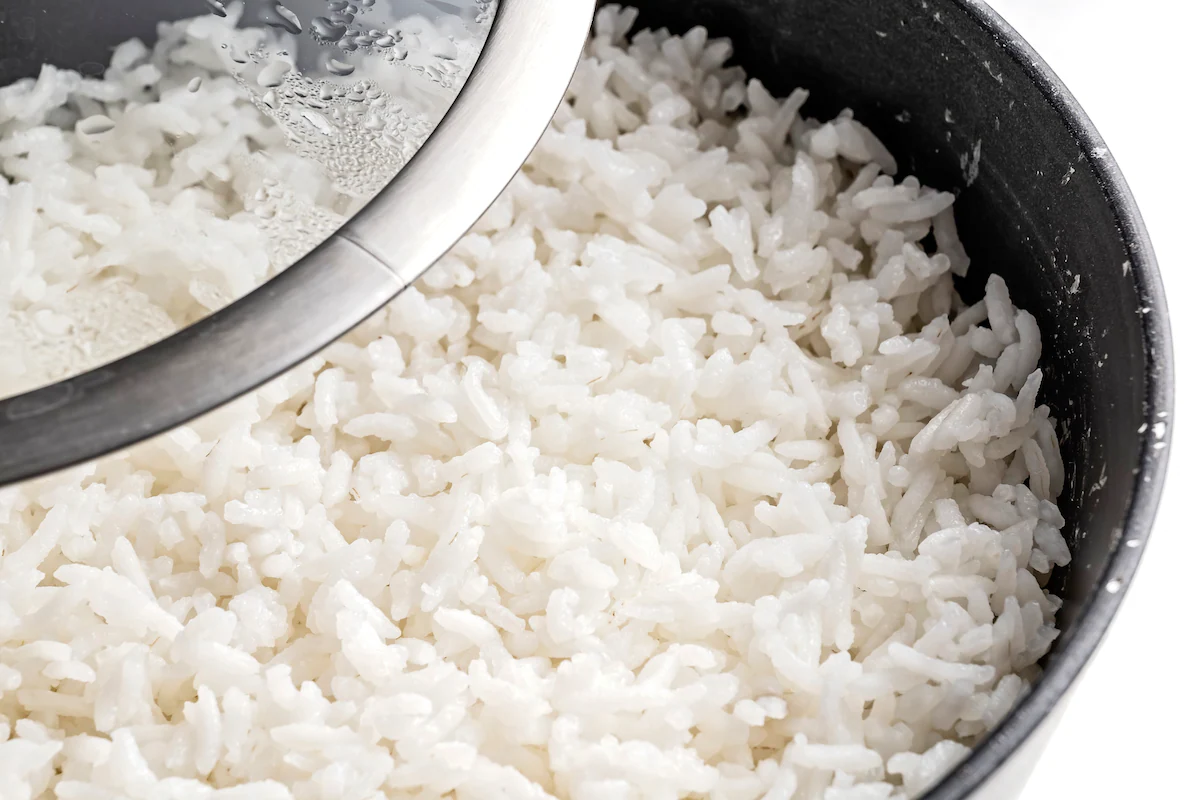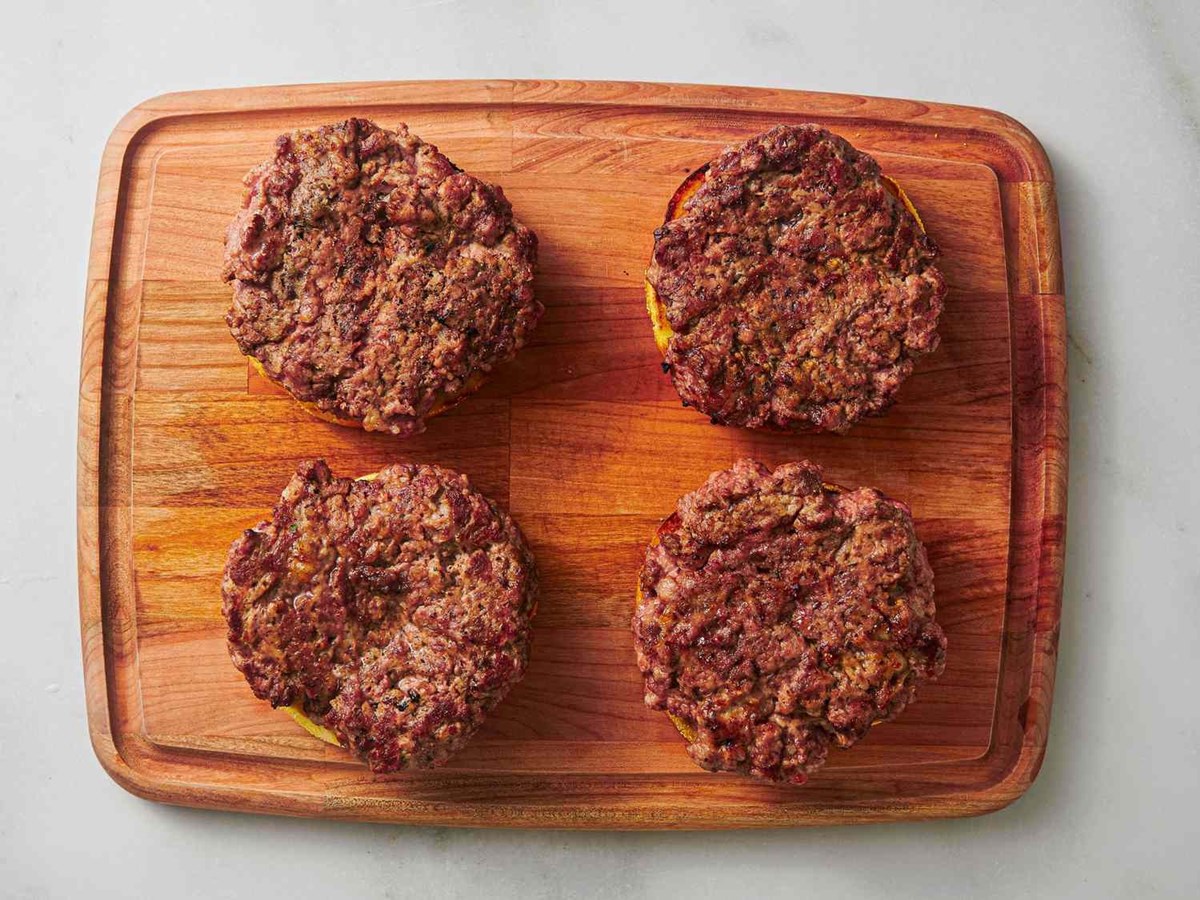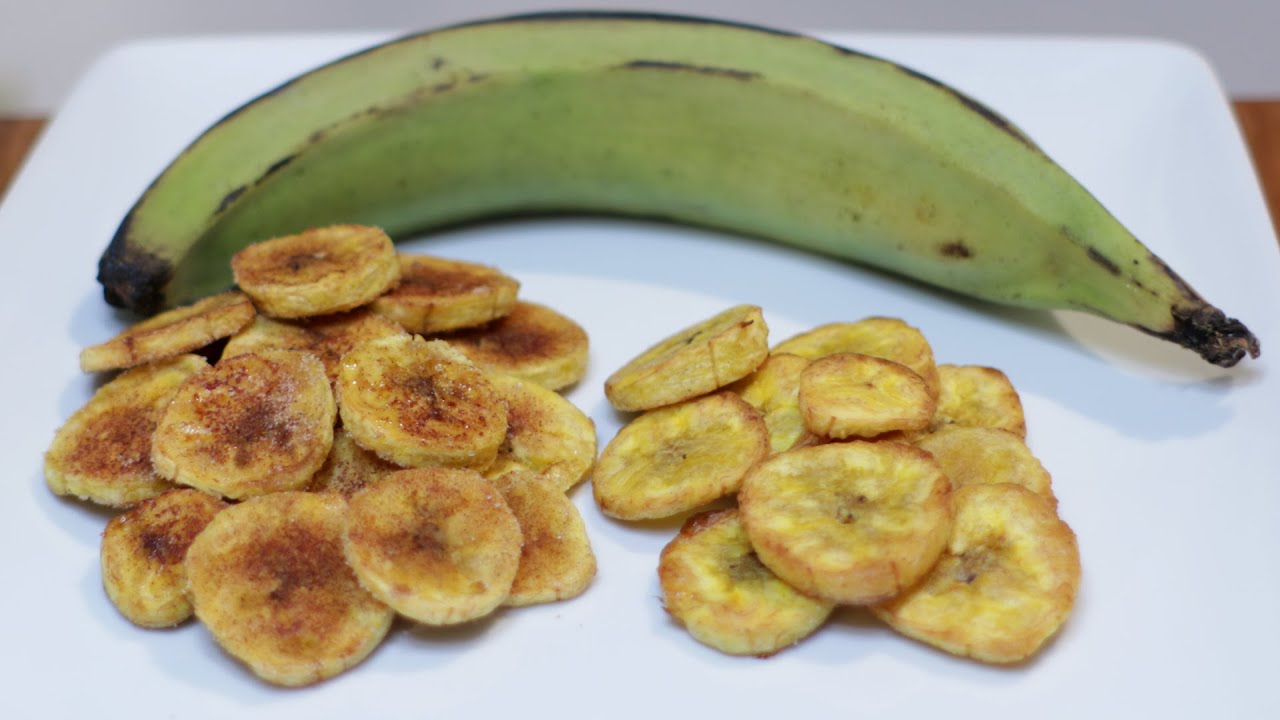Savor the Delights of Various Squash Varieties and Explore Exciting Cooking Methods
When it comes to versatile and nutritious vegetables, squash certainly deserves a spot at the top of the list. With a wide range of shapes, sizes, and flavors, squash offers a delightful culinary journey that satisfies both your taste buds and health-conscious mind. In this article, we will delve into the wonderful world of squash, exploring different varieties and providing you with creative ideas on how to prepare them.
1. Butternut Squash
With its sweet and nutty flavor, butternut squash is a staple in many kitchens. Its creamy, orange flesh is perfect for a variety of dishes, from comforting soups to roasted side dishes. Here are a few exciting ways to cook this delectable squash:
- Roasted Butternut Squash: Toss cubed butternut squash with olive oil, salt, and pepper. Roast in the oven at 400°F (200°C) for about 30 minutes until tender and caramelized.
- Butternut Squash Soup: Simmer peeled and diced butternut squash with onions, garlic, vegetable broth, and your favorite spices. Blend until smooth for a comforting and nourishing soup.
- Butternut Squash Pasta: Spiralize or thinly slice butternut squash and use it as a healthy alternative to pasta. Toss with your favorite sauce and toppings for a lighter, yet satisfying, meal.
2. Acorn Squash
Acorn squash is named for its distinct acorn-like shape and nutty flavor. Its vibrant yellow-orange flesh lends itself well to both sweet and savory dishes. Next time you come across an acorn squash, consider trying these mouthwatering recipes:
- Stuffed Acorn Squash: Cut the squash in half, remove the seeds, and fill the cavity with a delicious mixture of quinoa, beans, vegetables, and spices. Bake until tender for a hearty and wholesome meal.
- Roasted Acorn Squash Wedges: Slice the squash into wedges and toss with olive oil, maple syrup, cinnamon, and a pinch of salt. Roast in the oven until caramelized and serve as a delightful side dish.
- Acorn Squash Pancakes: Grate acorn squash and incorporate it into your pancake batter, along with traditional ingredients. Enjoy a unique twist on a breakfast classic.
3. Spaghetti Squash
If you’re looking for a low-carb alternative to pasta, look no further than spaghetti squash. When cooked, its flesh transforms into delicate strands resembling spaghetti noodles. Here are some fantastic ways to enjoy this versatile squash:
- Spaghetti Squash Carbonara: Sauté cooked spaghetti squash with crispy bacon, eggs, grated Parmesan cheese, and a touch of black pepper for a healthier take on the classic carbonara.
- Thai Peanut Spaghetti Squash Stir-Fry: Stir-fry cooked spaghetti squash with colorful vegetables, a savory peanut sauce, and optional protein of your choice for a vibrant and satisfying meal.
- Cheesy Spaghetti Squash Casserole: Mix cooked spaghetti squash with your favorite cheese, herbs, and spices. Bake until bubbly, creating a cheesy and comforting casserole.
These are just a few examples of the incredible variety of squash available for your culinary adventures. Get creative, experiment with flavors, and enjoy the wholesome goodness that squash brings to your table. With their exceptional taste and numerous health benefits, squash dishes are bound to become family favorites. So, why not start exploring the world of squash today?
Was this page helpful?
Read Next: How To Cook Fish In A Pressure Cooker
